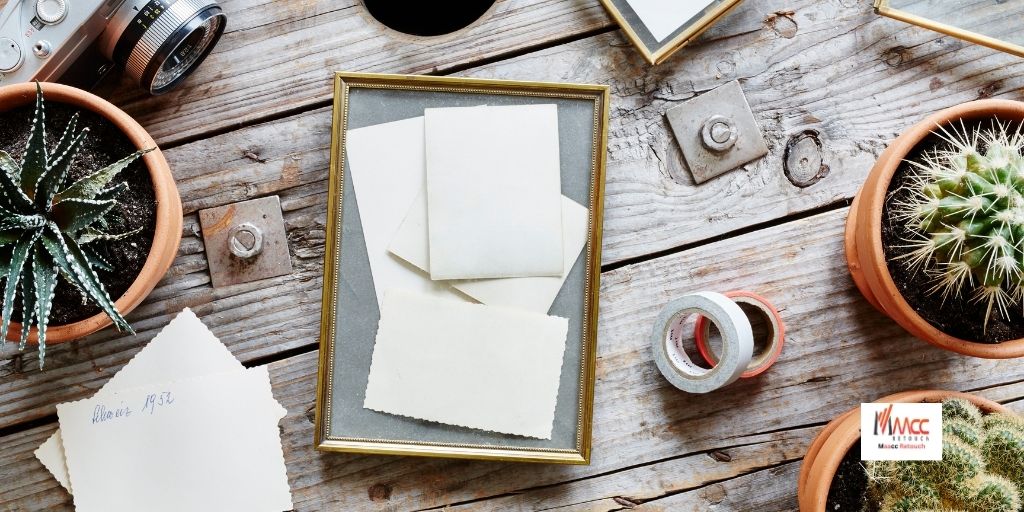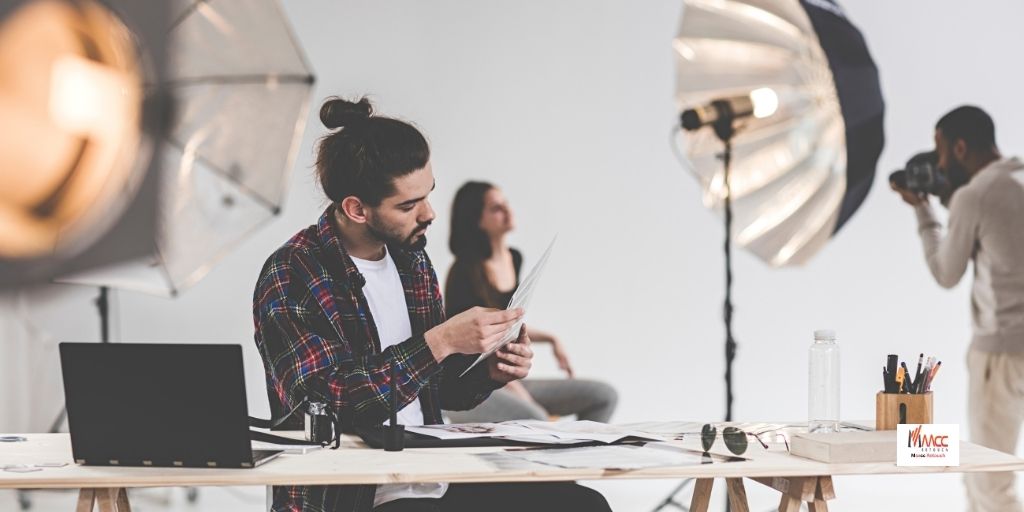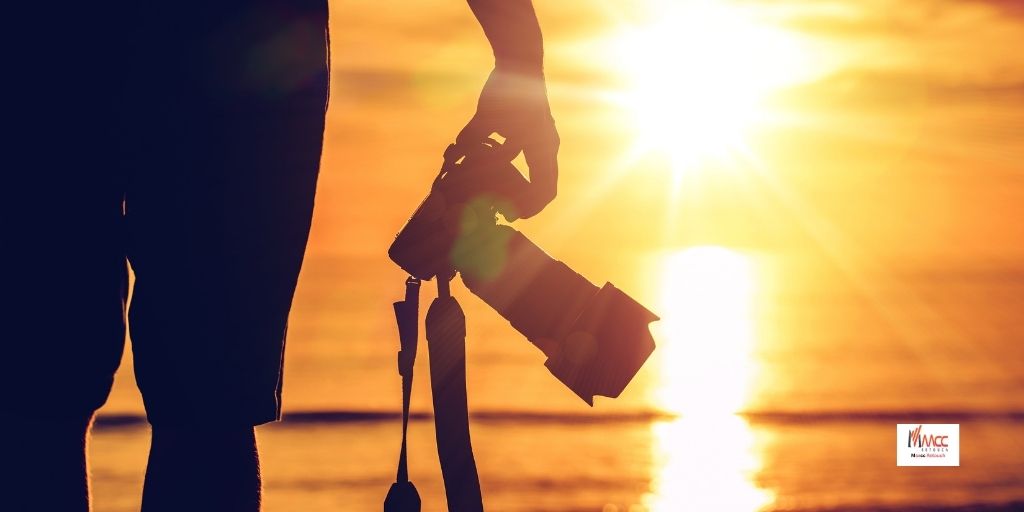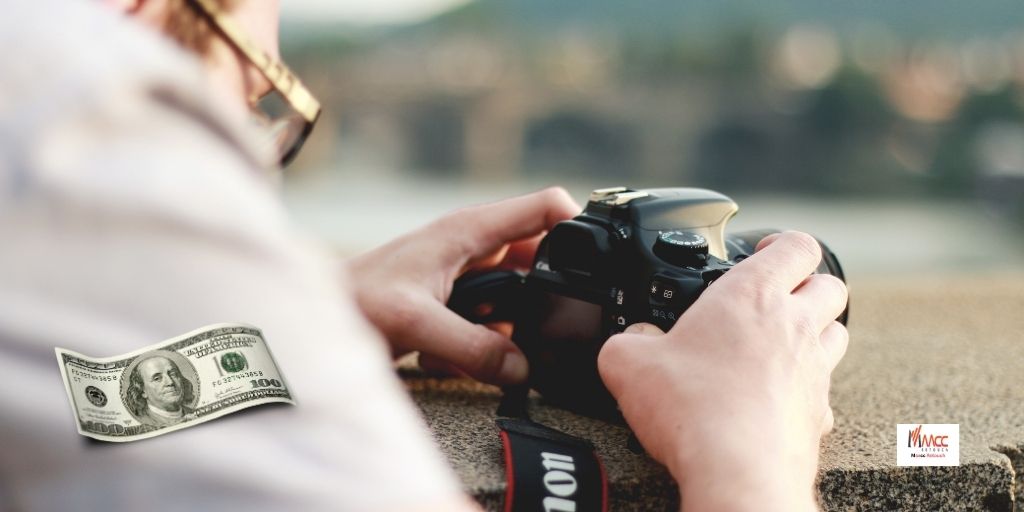In photography, hair is essential because taking the perfect shot of one’s hair can drastically change an image’s aesthetics. These imperfections may include flyaways, frizz, unravelling strands of hair. Enter the art of hair retouching, empowering photographers to fix these problems and create stunning images.
In this post, we will dive deep into hair retouching and guide you every single step of the path through techniques as well as using Photoshop’s powerful tools. Hair Retouching services always focus on high-quality treatment Maacc Retouch depends on us for successful outcomes.
What is Hair Retouching?
Hair retouching is a vital aspect of portrait photography, enabling photographers to refine and perfect the appearance of hair. It involves addressing common issues like flyaways, stray hair, frizz, and unevenness. By understanding the tools and techniques involved in hair retouching, photographers can create natural-looking results that seamlessly integrate with the rest of the image.
Fixing Flyaways and Stray Hair
Fixing flyaways and stray hair is a crucial step in hair retouching to achieve a polished and well-groomed appearance. Maacc Retouch offers effective tools and techniques to address these issues seamlessly.
The clone stamp and healing brush are invaluable tools for removing flyaways. With the clone stamp, photographers can select a clean area of hair and clone it over the flyaways, effectively erasing them from the image. The healing brush, on the other hand, intelligently blends the surrounding hair with the flyaways, creating a smooth and natural result.
For stray hair that needs to be blended with the rest of the hairstyle, smoothing and blending techniques come into play. Maacc Retouch provides tools to soften and blend stray hair, ensuring it seamlessly integrates with the overall look. By carefully applying these techniques, photographers can achieve a cohesive and well-balanced hairstyle.
In addition to flyaways and stray hair, retouching hair edges is essential for a polished finish. Maacc Retouch offers tools to refine and perfect hair edges, ensuring clean lines and a professional look. By carefully retouching and refining the edges, photographers can create a seamless transition between the hair and the background or other elements in the image.
At Maacc Retouch, we usually utilize the clone stamp, healing brush, smoothing, blending, and hair edge retouching techniques to effectively fix flyaways and stray hair, resulting in a polished and well-groomed appearance. These techniques allow for precise control and attention to detail, ensuring a flawless final result that enhances the overall quality of the hair in the image.
Reducing Frizz and Enhancing Texture
Reducing frizz and enhancing texture are essential aspects of hair retouching, and Maacc Retouch offers valuable tools and techniques to achieve these goals. The software’s smoothing and sharpening tools can be utilized to control and minimize frizz effectively. By adjusting the brush settings and intensity, photographers can selectively smooth out frizzy areas while maintaining the natural texture of the hair, resulting in a more polished appearance.
Retaining the natural texture of the hair is crucial for a realistic and authentic look. Maacc Retouch allows photographers to apply smoothing and sharpening techniques selectively, ensuring that the texture remains intact. By striking a balance between reducing frizz and preserving texture, photographers can create a hair-retouching result that looks natural and visually appealing.
In addition to reducing frizz, Maacc Retouch offers retouching techniques that enhance hair texture. Through dodging and burning, selective brushing, and volume adjustments, photographers can add depth and dimension to the hair, resulting in enhanced texture. These techniques help create the illusion of fuller and more textured hair, adding visual interest and impact to the overall hairstyle.
At Maacc Retouch, our skilled retouchers utilize the smoothing and advanced retouching techniques to enhance texture and effectively reduce frizz of the hair in images.
Correcting Color and Tone
Correcting color and tone in hair is a crucial step in hair retouching, as it can significantly enhance the overall look and impact of an image. Maacc Retouch provides powerful tools and features that enable photographers to achieve precise color correction and tonal adjustments for hair.
One of the primary objectives in correcting color and tone is to balance the hair color and adjust the tonal range. Maacc Retouch offers various adjustment tools, such as curves and levels, that allow photographers to fine-tune the color balance and tonal values of the hair. By selectively adjusting the color channels and tonal curves, photographers can achieve a harmonious and balanced hair color that complements the overall composition of the image.
Color casts and inconsistencies in hair can also be effectively corrected using Maacc Retouch. Color cast correction tools in the software enable photographers to neutralize unwanted color tints and restore natural hues to the hair. By carefully selecting and adjusting the affected areas, color casts can be eliminated, resulting in a more accurate and pleasing hair color.
Enhancing highlights and shadows is another critical aspect of color and tone correction in hair retouching. Maacc Retouch provides tools such as dodge and burn brushes that allow photographers to selectively lighten or darken specific areas of the hair. By enhancing the highlights and shadows, photographers can add depth and dimension to the hair, creating a more dynamic and visually striking appearance.
It’s essential to approach colour and tone correction in hair retouching with precision and subtlety to maintain a natural and realistic look. Maacc Retouch offers precise control over adjustments, allowing photographers to make subtle changes and enhancements that enhance the beauty and visual impact of the hair.
By utilizing colour balancing and tonal adjustment tools, correcting colour casts and inconsistencies, and enhancing highlights and shadows in Maacc Retouch, photographers can achieve professional-grade colour and tone correction in hair retouching. These techniques help create a more vibrant, balanced, and visually appealing hair colour while adding dimension and depth to the overall hairstyle.
Creating Hair Volume and Shape
Creating hair volume and shape is a crucial aspect of hair retouching that can transform the overall appearance of a hairstyle. Maacc Retouch offers techniques and tools to achieve this effect seamlessly.
For flat or limp hair, Maacc Retouch provides volume adjustment tools that allow photographers to add volume selectively to specific areas or strands. By carefully increasing the volume in strategic locations, photographers can create the illusion of fuller and more voluminous hair, enhancing the overall look and impact of the hairstyle.
Shaping and defining individual strands and curls is another technique offered by Maacc Retouch. By using brushes or selection tools, photographers can refine and perfect the shape of hair strands and curls, creating a more polished and well-defined look. This technique helps add depth and dimension to the hairstyle, resulting in a more visually appealing image.
In all volume adjustments, the goal is to maintain a natural and balanced look. Maacc Retouch allows photographers to make precise adjustments, ensuring that the added volume and shape blend seamlessly with the rest of the hair and the overall composition of the image. This creates a cohesive and visually pleasing result that enhances the hairstyle.
By utilizing the volume adjustment tools, shaping, and defining techniques in Maacc Retouch, photographers can effectively create hair volume and shape that elevates the overall quality and impact of their images. These techniques offer the flexibility and control to enhance the natural beauty of the hair while achieving a more visually dynamic and balanced hairstyle.
Blending Hair with the Background
Achieving a seamless blend between hair and the background is essential for a polished and professional hair retouching result. Maacc Retouch offers effective techniques to accomplish this:
- Enhancing hair edges: By carefully refining and retouching the hair edges, photographers can ensure a natural transition between the hair and the background. This involves using tools like brushes and masks to soften or sharpen the edges, creating a seamless integration.
- Natural transition: Maacc Retouch provides tools to adjust the opacity and blending modes of the hair layer, allowing for a gradual and subtle blending with the background. By carefully adjusting these settings, photographers can achieve a smooth and natural transition that eliminates any harsh edges or visible seams.
- Background adjustments: To enhance the blending, photographers can adjust background elements to complement the hair. This includes harmonizing colors, tones, and textures to create a cohesive composition. Maacc Retouch offers features for adjusting background elements, such as color correction tools and blending modes, enabling photographers to achieve a complementary backdrop for the hair.
By utilizing these techniques in Maacc Retouch, photographers can seamlessly blend the hair with the background, resulting in a professional and visually pleasing hair retouching outcome.
Preparing for Hair Retouching with Maacc Retouch
Preparing for hair retouching with Maacc Retouch involves a few key steps to ensure a smooth and efficient workflow. By following these guidelines, photographers can maximize the potential of the software and achieve outstanding hair retouching results.
- Select high-quality images: Start by choosing high-resolution images with good lighting and sharp details. This provides a solid foundation for effective hair retouching and allows for more precise adjustments and enhancements.
- Clean up the image: Before diving into hair retouching, it’s essential to remove any distractions or imperfections in the image. This includes removing stray hairs, blemishes, or other unwanted elements that may affect the overall hair-retouching process.
- Familiarize yourself with Maacc Retouch tools: Take the time to explore and understand the various tools and features offered by Maacc Retouch specifically for hair retouching. This includes tools for flyaway removal, smoothing, sharpening, volume adjustment, color correction, and more.
- Create a non-destructive workflow: When working with Maacc Retouch, it is recommended to use adjustment layers and masks to ensure a non-destructive workflow. This allows for easy modifications and fine-tuning of the hair retouching without permanently altering the original image.
- Plan your retouching approach: Before starting the actual retouching process, analyze the image and determine the specific areas that require attention. This may include flyaways, frizz, color correction, volume adjustments, or other specific enhancements. Planning ahead helps streamline the retouching process and ensures a focused and efficient workflow.
- Save multiple versions: Throughout the retouching process, save multiple versions of your work to track your progress and have the ability to revert to earlier stages if needed. This allows for experimentation and comparison of different retouching techniques and ensures flexibility in the editing process.
By following these steps, photographers can effectively prepare for hair retouching with Maacc Retouch. This sets the stage for a smooth workflow and enables photographers to achieve exceptional and professional-quality hair retouching results.
Conclusion
Mastering the art of hair retouching is a valuable skill that can significantly enhance the quality and impact of your photographs. By understanding the techniques and utilizing the powerful tools of Maacc Retouch, photographers can address common hair issues, resulting in flawless and visually striking images.
From fixing flyaways and stray hair to reducing frizz, enhancing texture, correcting color and tone, creating volume and shape, and seamlessly blending hair with the background, Maacc Retouch offers a comprehensive set of tools and features to achieve professional-grade hair retouching results. With practice, experimentation, and creativity, photographers can elevate their photos to new heights and showcase the beauty of hair in their visual storytelling.






